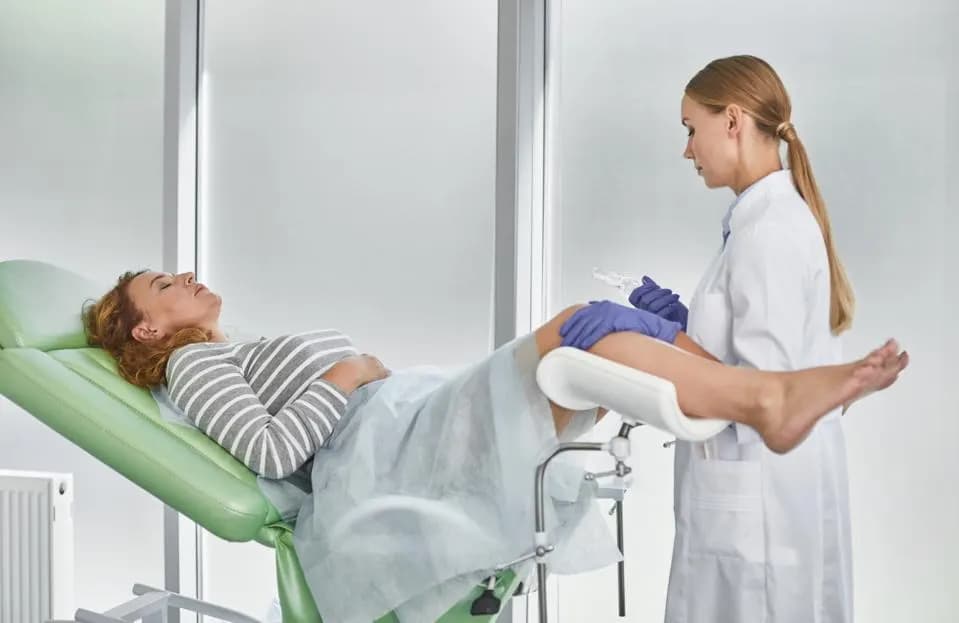The Double Vulva condition represents a highly uncommon congenital malformation characterized by the duplication, either complete or partial, of the vulva along with potential duplications in other reproductive and urinary structures. This anomaly is among the rarest observed in neonatal physical assessments, with only a limited number of cases documented globally.
Understanding Double Vulva
Double vulva represents an exceedingly rare congenital anomaly, with fewer than twenty cases documented globally. This condition may entail a complete or partial duplication of structures such as the vulva, vagina, uterus, urethra, bladder, and colon. Notably, the ovaries and kidneys typically remain unaffected.
The precise cause of this malformation remains elusive, contributing to the challenges in both diagnosis and management. In the cases reviewed, a significant mortality rate of 35% has been observed, underlining the potential severity of the condition and its associated complications.
Associated Conditions and Diagnostic Approach
Individuals with double vulva often present with additional congenital anomalies, particularly affecting the lumbar spine, but also potentially involving congenital heart disease and other vital systems. A thorough physical examination of newborns for such malformations, complemented by radiological assessments of the lumbar spine, gastrointestinal tract, and urinary system, is crucial for an accurate diagnosis. This comprehensive approach enables healthcare providers to identify associated conditions and devise an effective management strategy tailored to the individual’s unique clinical presentation.
Treatment and Cosmetic Considerations
Surgical intervention for a double vulva is generally not deemed necessary from a medical standpoint but may be pursued for cosmetic reasons. The decision to undergo gynecologic surgery is often influenced by the extent of duplication, potential psychological impact, and the presence of any functional impairments or discomfort.
Treatment plans must be developed in collaboration with a multidisciplinary team, considering both the physical well-being and psychological health of the patient.
Comparative Analysis: Double Vulva vs. Other Duplication Anomalies
| Feature | Double Vulva | Other Duplication Anomalies |
|---|---|---|
| Anatomical Involvement | Primarily external genitalia and associated structures | May involve internal organs or limbs |
| Prevalence | Extremely rare (<20 cases) | Varies by anomaly type, some more common |
| Associated Conditions | Lumbar spine malformations, congenital heart disease | Broad range, depending on the specific anomaly |
| Treatment Necessity | Cosmetic and symptomatic | Often required for functionality or health reasons |
Key Takeaways
- Comprehensive Diagnosis: Early and thorough physical examination is crucial to identify any concurrent congenital anomalies, particularly focusing on the heart, gastrointestinal tract, and urinary system;
- Radiological Evaluation: A detailed radiologic survey should be performed, emphasizing the lumbar spine to detect any spinal abnormalities that often accompany this condition;
- Conservative Treatment Approach: Surgical intervention is generally not required except for aesthetic purposes, underlining the importance of a conservative treatment strategy;
- Monitoring and Follow-up: Regular monitoring for the development of any related health issues is essential, ensuring prompt management of complications if they arise;
- Multidisciplinary Care: Collaboration among pediatricians, radiologists, and surgeons is vital for comprehensive care and optimal management of the condition;
- Patient and Family Support: Providing support and counseling to the patient and family members is crucial, addressing any psychological impacts and offering resources for coping.
Conclusion
The occurrence of a double vulva, while exceedingly rare, presents a unique set of challenges and considerations for medical practitioners. With only a handful of cases documented globally, its management requires a nuanced understanding of its congenital complexities and associated anomalies. The emphasis on non-surgical treatment options, unless for aesthetic rectification, highlights the conservative approach adopted in handling such anomalies.
Moreover, the condition underscores the necessity for a multidisciplinary approach, combining thorough diagnostic evaluations with holistic patient care. In navigating the rarity of double vulva, the medical community continues to enhance its understanding and refine its approach, ensuring those affected receive tailored, empathetic care.



